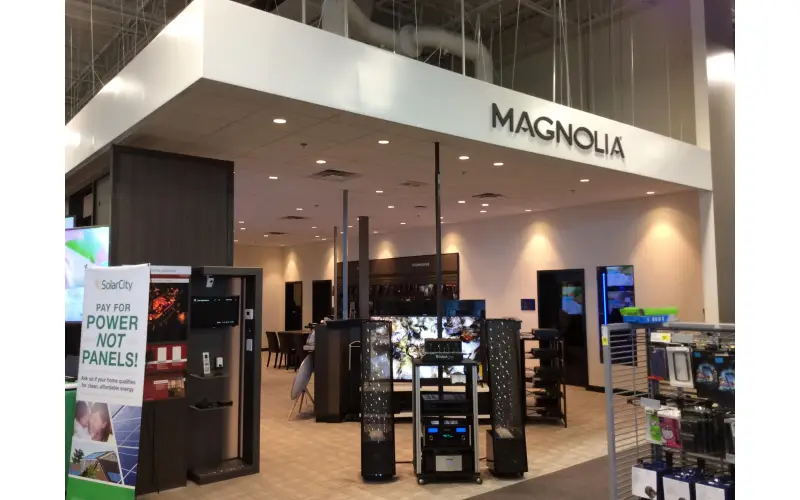LG Display, a leading innovator in display technology, is solidifying its commitment to Organic Light Emitting Diode (OLED) technology by divesting its remaining Liquid Crystal Display (LCD) manufacturing assets. This strategic move marks a significant turning point for the company as it focuses on the premium display market and capitalizes on the growing demand for OLED panels in various applications.
The LCD Exit
LG Display's decision to sell its LCD plant in Guangzhou, China, follows a series of deliberate steps to exit the LCD market. In 2022, the company ceased LCD operations at its Paju plant in South Korea, signaling its intent to prioritize OLED production. The sale of the Guangzhou facility, valued at an estimated $1.5 billion, will effectively end LG Display's involvement in LCD manufacturing.
This move is driven by several factors, including increased competition from Chinese LCD manufacturers, which has eroded profit margins in the LCD sector. By divesting its LCD assets, LG Display can streamline its operations, reduce costs, and reallocate resources to bolster its OLED capabilities.
The OLED Advantage
OLED technology offers several advantages over traditional LCDs, including superior picture quality, wider viewing angles, deeper blacks, and faster response times. These attributes make OLED panels particularly attractive for high-end televisions, smartphones, tablets, and other consumer electronics.
LG Display has been a pioneer in OLED development and production, establishing itself as a market leader in large-size OLED panels for televisions. The company's OLED TVs have garnered critical acclaim for their exceptional image quality and innovative features.
By focusing on OLED, LG Display can leverage its technological expertise and market position to drive further innovation and maintain its competitive edge in the premium display segment.
Investment in OLED Innovation
The proceeds from the sale of the LCD plant are expected to be reinvested in LG Display's OLED business. This investment will likely focus on expanding production capacity, developing new OLED technologies, and enhancing the efficiency of manufacturing processes.
One area of particular interest is the development of smaller-sized OLED panels for mobile devices and laptops. These panels offer significant advantages in terms of power efficiency, thinness, and flexibility, making them ideal for next-generation mobile devices.
LG Display is also exploring the potential of emerging technologies like microLED, which promises even greater brightness, contrast, and energy efficiency than OLED. By investing in these cutting-edge technologies, LG Display aims to maintain its position at the forefront of display innovation.
Market Implications
LG Display's decision to double down on OLED is expected to have a ripple effect across the display industry. As a major player in the OLED market, the company's increased focus on this technology could accelerate its adoption in various applications.
The divestment of LCD assets could also lead to further consolidation in the LCD market, as other manufacturers seek to acquire LG Display's production capacity and market share.
For consumers, the continued development and adoption of OLED technology could lead to a wider range of high-quality, affordable OLED products in the coming years. This could include everything from larger, more immersive televisions to thinner, lighter laptops and smartphones with stunning displays.
Conclusion
LG Display's strategic shift away from LCD and towards OLED represents a bold move to capitalize on the growing demand for premium display technology. By divesting its LCD assets and investing in OLED innovation, the company is positioning itself for continued growth and success in the rapidly evolving display market.
This move not only benefits LG Display but also holds the potential to transform the broader consumer electronics landscape by accelerating the adoption of OLED technology and bringing its benefits to a wider audience. As LG Display continues to push the boundaries of display innovation, we can expect to see even more exciting developments in the years to come.





